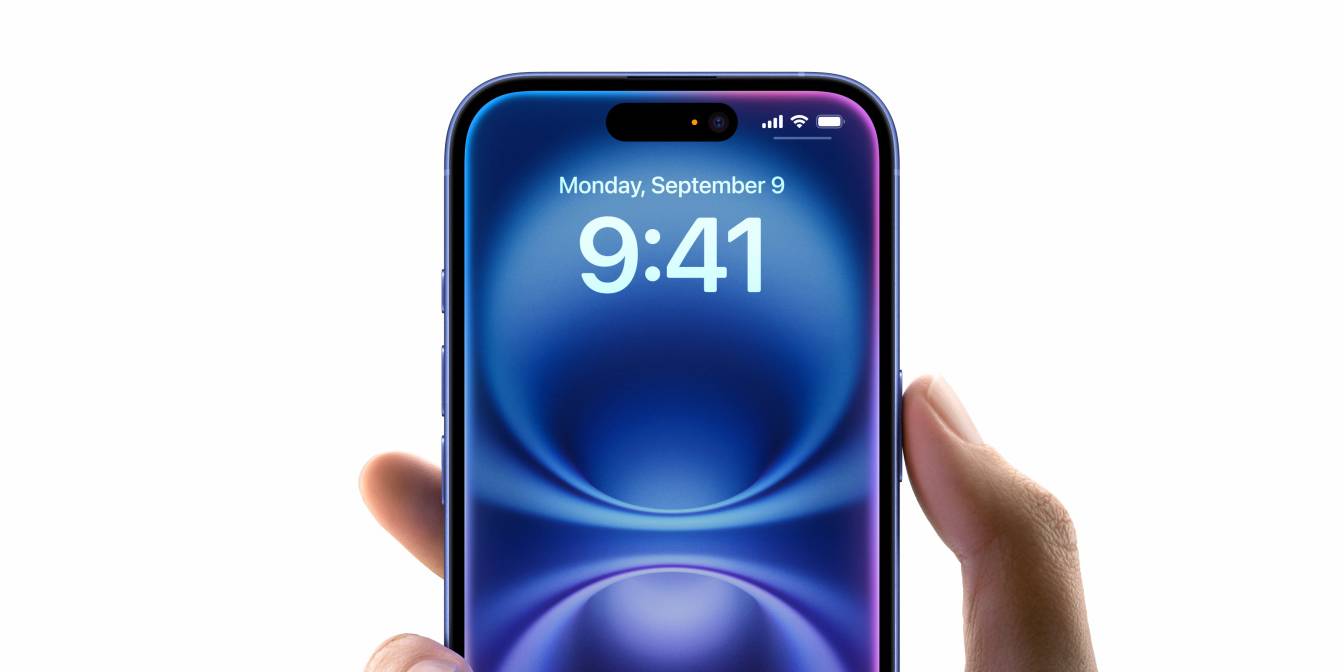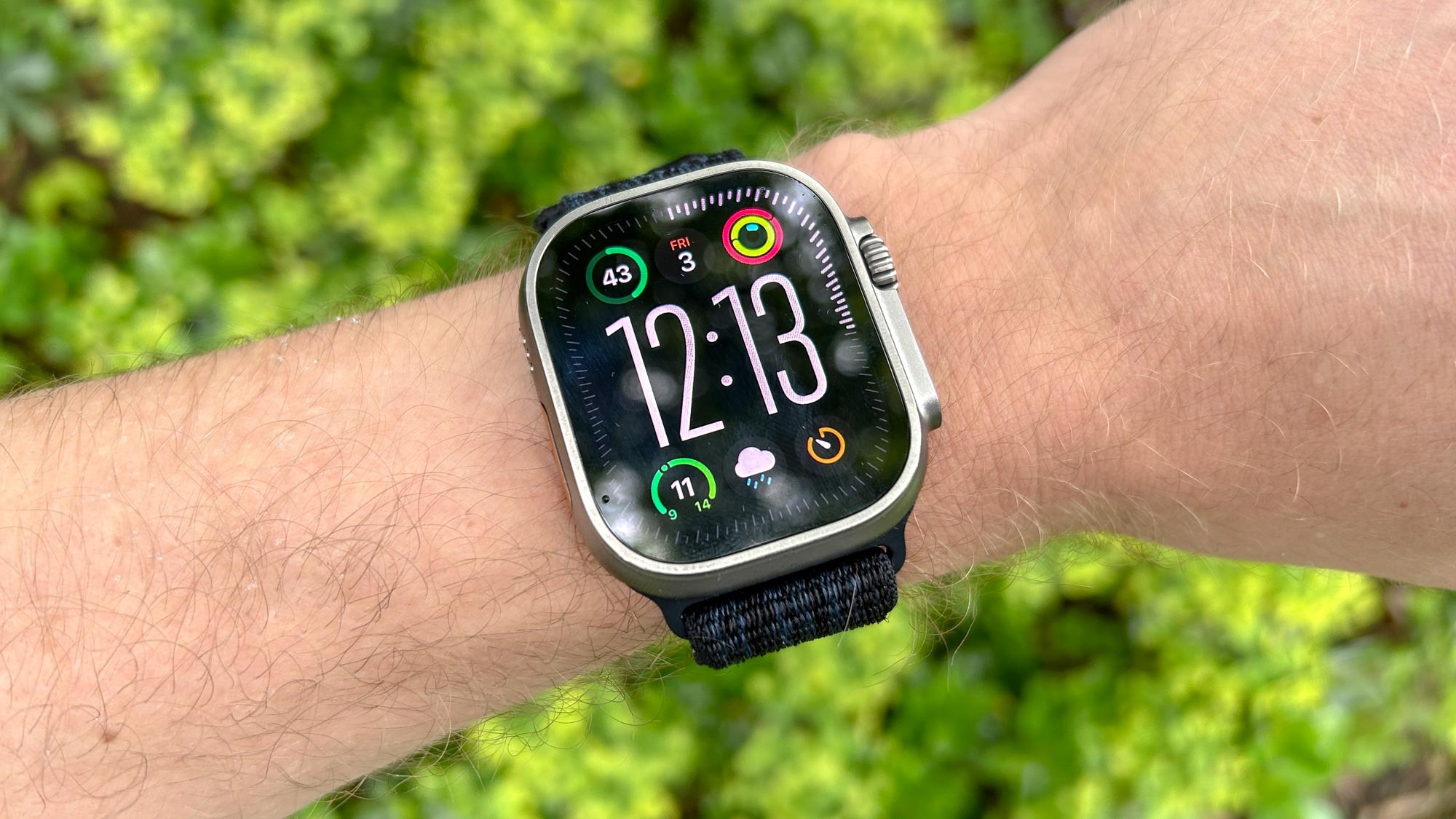Apple has reportedly finished the design for the iPhone 17, reaching an important stage called the Engineering Validation Test (EVT). According to Jeff Pu, a trusted tech analyst, Apple locked the design this month, meaning the look and features of the iPhone 17 are now finalized.
The EVT stage is where Apple builds early models to check if everything works as planned. After this, the iPhone 17 will go through more testing stages before mass production begins. Locking the design now gives Apple enough time to test and fine-tune the device before its expected launch in fall 2025.
Rumors suggest the iPhone 17 lineup will bring noticeable changes. A new “Slim” model could replace the Plus version, offering a thinner body and a slightly bigger screen. The entire series may also have a redesigned front with a smaller Dynamic Island cutout.
Other expected upgrades include a stronger A19 chip, better cameras, and improved battery life. The iPhone 17 Pro models might even feature new materials and a lighter build.
With the design now finalized, Apple is one step closer to bringing the next iPhone generation to life. More details should appear in the coming months as production ramps up.







